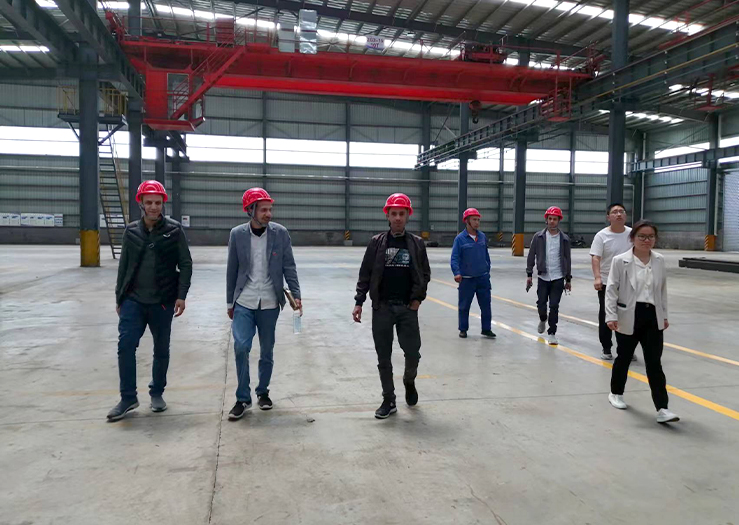modern bollards
Modern Bollards The Intersection of Functionality and Aesthetics
Bollards have long been a staple in urban design, serving primarily as barriers to protect pedestrians, vehicles, and property. However, as cities evolve and design trends change, modern bollards have emerged as multifunctional elements that blend both practicality and aesthetics.
Traditionally, bollards were simple, utilitarian structures made from concrete or metal. Their primary role was to prevent unauthorized vehicle access, delineate pedestrian pathways, and enhance safety in public spaces. However, in today's rapidly urbanizing environments, the scope of bollards has expanded significantly. Modern bollards now come in various designs, materials, and technological advancements, allowing them to serve multiple purposes beyond mere physical barriers.
One of the key trends in modern bollard design is the use of innovative materials. While concrete remains a popular option, bollards made from recycled plastics, stainless steel, and even wood have gained traction. These materials not only provide durability and longevity but also cater to sustainable design practices. With the growing emphasis on eco-friendly construction, manufacturers are focusing on creating products that reduce carbon footprints and promote recycling.
modern bollards

In addition to materials, technology has brought about significant advancements in bollard design. Smart bollards are emerging as a solution to enhance urban safety and functionality. Equipped with sensors and communication devices, these bollards can monitor traffic, detect pedestrian movement, and even interact with smart city infrastructure. For instance, some bollards are integrated with solar panels to provide sustainable lighting in public spaces, improving night-time safety for pedestrians.
Modern bollards also emphasize aesthetics. Many contemporary designs offer sleek lines and vibrant colors, allowing them to complement the surrounding architecture and enhance the visual appeal of urban landscapes. As cities strive to create inviting public spaces, the use of decorative bollards is on the rise. These bollards can be artistic installations that contribute to the city's identity, making them a focal point rather than just functional objects.
Furthermore, the versatility of modern bollards enables them to be used in diverse environments—from parks and plazas to busy streets and waterfronts. Customization options allow city planners and designers to tailor bollards to meet specific needs, whether for traffic control, art installations, or community engagement projects.
In conclusion, modern bollards have transformed from simple safety measures into dynamic urban elements that enhance both functionality and design. As cities continue to innovate and adapt, the role of bollards will likely expand further, integrating technology, sustainability, and aesthetics to create safer and more engaging public spaces. Whether serving as protective barriers or decorative features, modern bollards are essential components of the urban landscape, reflecting the evolving needs of our communities.
-
The Smarter Choice for Pedestrian AreasNewsJun.30,2025
-
The Gold Standard in Round Drain CoversNewsJun.30,2025
-
The Gold Standard in Manhole Cover SystemsNewsJun.30,2025
-
Superior Drainage Solutions with Premium Gully GratesNewsJun.30,2025
-
Superior Drainage Solutions for Global InfrastructureNewsJun.30,2025
-
Square Manhole Solutions for Modern InfrastructureNewsJun.30,2025
-
Premium Manhole Covers for Modern InfrastructureNewsJun.30,2025
